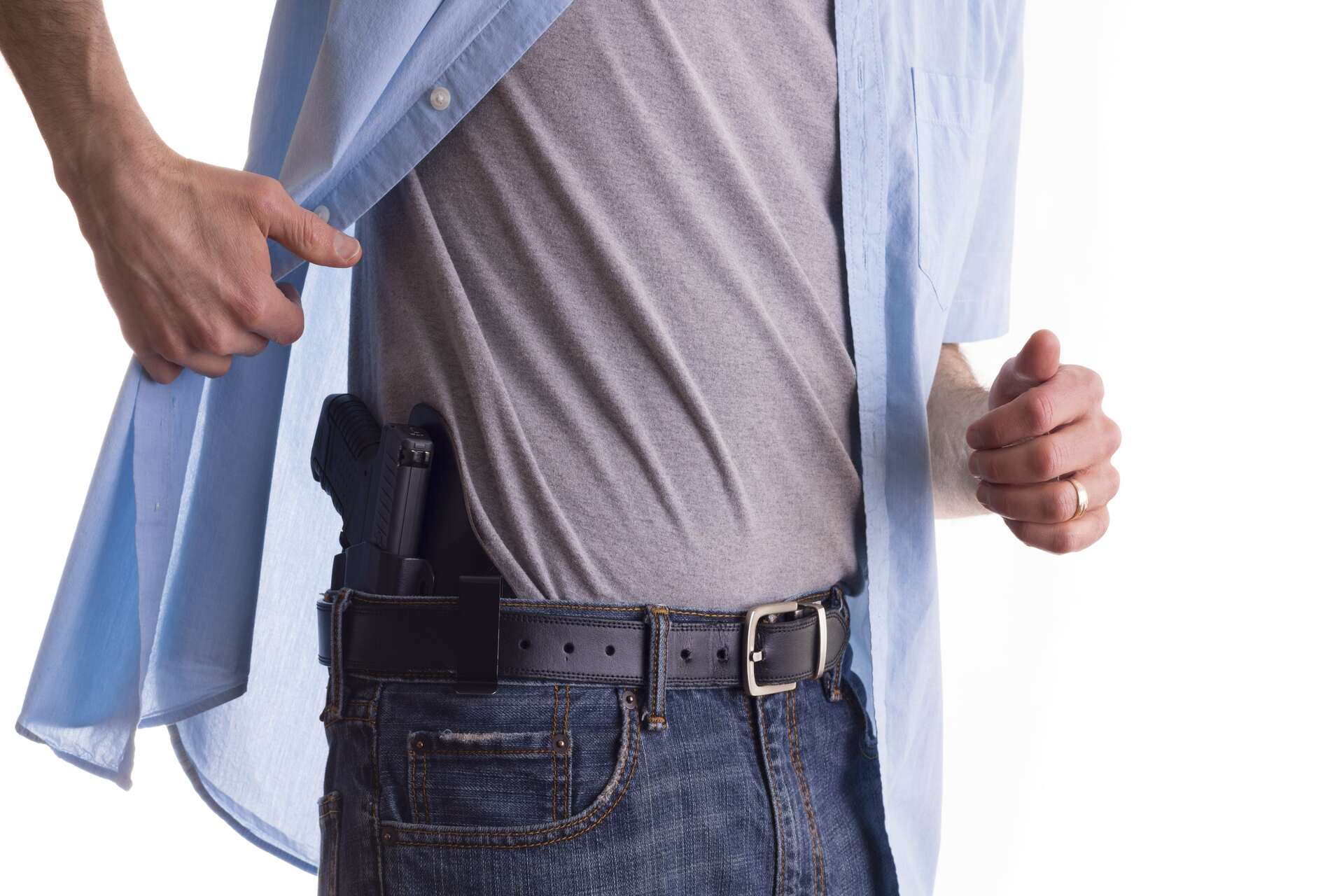Selecting the right concealed carry holster is a crucial decision for responsible gun owners. An effective holster ensures not only the secure concealment of your firearm but also comfort, accessibility, and retention. With a plethora of options available on the market, finding the best concealed carry holster can be overwhelming. This guide aims to break down the key considerations that will help you make an informed choice.
Comfort and Concealment
A concealed carry holster should be comfortable enough for daily wear, ensuring that you’re more likely to keep your firearm on your person consistently. Consider the holster’s material, size, and design. Holsters made from high-quality materials such as leather, Kydex, or nylon offer both durability and comfort. Additionally, choose a holster that conforms to your body’s contours to minimize printing, making it easier to carry discreetly.
Type of Holster
There are several types of concealed carry holsters available, each with its own advantages and disadvantages. Common options include:
- Inside-the-Waistband (IWB) Holsters: These holsters are worn inside the pants, offering excellent concealment. They’re ideal for individuals who want to maintain a low profile.
- Outside-the-Waistband (OWB) Holsters: Worn on the outside of the pants, these holsters provide better access and comfort, but might be more challenging to conceal.
- Appendix Carry Holsters: These are IWB holsters worn in the front of the body, offering quick access and great concealment for many body types.
- Shoulder Holsters: Suitable for individuals who prefer to carry under the arm, these holsters evenly distribute the weight of the firearm.
Retention and Security
A reliable holster must securely retain your firearm to prevent accidental dislodging while ensuring quick and smooth access when needed. Holsters with adjustable retention mechanisms, like screws or retention straps, allow you to customize the level of retention to your preference. It’s essential to strike a balance between retention and the ability to draw your firearm efficiently.
Draw and Re-holstering
Practice your draw and reholstering with the chosen holster to ensure that you can confidently and smoothly access your firearm. A good holster should enable a clean and instinctive draw, without the need for excessive manipulation or repositioning.
Concealed Carry Method and Clothing
Consider your personal style and clothing choices when selecting a holster. The holster you choose should accommodate your preferred method of carry – whether it’s appendix, hip, or back – without compromising comfort or concealment. If you tend to wear tighter-fitting clothing, a minimalist design might be more suitable to prevent printing.
Holster Material and Durability
The material of the holster affects its longevity and comfort. Leather holsters often become more comfortable over time as they mold to your body shape. Kydex and nylon holsters are durable, lightweight, and resistant to the elements. Choose a holster that aligns with your priorities in terms of comfort and durability.
Training and Practice
Regardless of the holster you choose, regular training and practice are essential. Familiarize yourself with your chosen holster’s mechanics and practice drawing and reholstering your firearm in a controlled environment. This will enhance your muscle memory and confidence in using your concealed carry setup.
Choosing the best concealed carry holster is a decision that requires careful consideration of factors such as comfort, concealment, security, and accessibility. By evaluating your preferences, body type, and lifestyle, you can make an informed choice that aligns with your needs. Remember that the ideal concealed carry holster strikes a balance between comfort, concealment, and accessibility, ultimately supporting your commitment to responsible firearm ownership.

